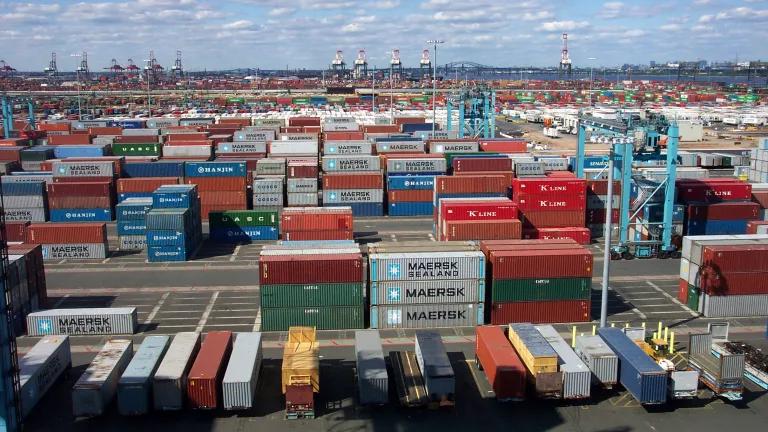"We've run out money, now we have to think." -- Winston Churchill
California has done it. Wyoming just did it. New Hampshire is poised to do it too. And Minnesota is looking to do it again. Those states realize that declining revenue for transportation infrastructure requires bold legislative action to raise their state motor fuel tax.
The increase in California is partly due to a $157 million shortfall in gas-tax revenue in fiscal 2012, and also a projection of less consumption by drivers in the state. Come July 1, Californians will pay 3.5 cents more for gallon of gas -- that's a roughly 10% increase that will put the per gallon rate at 39.5 cents. The Wyoming state legislature recently signed off on a bill hiking the gas tax by 10 cents — a bill that GOP Gov. Matt Mead supports. In addition, a House panel in the New Hampshire legislature has backed a 15-cent hike in the state gas tax. And after raising the gas tax by 5.5 cents back in 2008, the governor of Minnesota is now pushing to hike local sales taxes, gas taxes and vehicle fees to raise $20 billion over 20 years to pay for roads and transit.
Meanwhile, in my neck of the woods, Virginia Governor Bob McDonnell garnered a lot of attention by proposing to scrap the state gas tax in favor of a complex funding package that hinged on hiking the sales tax. The controversial compromise legislation utlimately adopted replaces the straight 17.5 cents-per-gallon gas tax with a mix of new auto fees, a boost in the general sales tax rate, and a new 3.5% wholesale tax on motor fuels. As leader of a state with some of the nation’s worst traffic and a road construction fund due to go broke by 2017, Gov. McDonnell risked the ire of his fellow Republicans to find a fix for the state's transportation funding crisis.
Across the river on the other side of the Beltway, Maryland Gov. Mike O'Malley is mirroring Virginia with his own plan to raise $3.4 billion in new transportation funding over the next five years by adjusting the state gas tax for the first time since 1992. His proposal would trim 5 cents off the state's existing 23.5 cents-per-gallon gas tax but actually bump up revenue with a new 4% sales tax on the wholesale level, which would rise in future years to keep pace with inflation.
What we're seeing around the country is a shared solution to a common problem: raising the state gas tax to boost much-needed revenues to pay for critical infrastructure needs.
Public opinion polls may show that people abhor the idea of paying more taxes at the pump, but many elected leaders at the state level are taking bold yet reasonable steps to generate necessary funds for critical infrastructure like roads, bridges and public transportation.
But what about our federal officials? Leadership in Congress appears to be sorely lacking in this regard. Remember: the 18.4 cents-per-gallon gas tax hasn’t been increased since 1993. Since then it's purchasing power has been dimished by inflation rates and the rising cost of construction. (Bear in mind that the federal gas tax would be 29 cents-per-gallon today if it had been indexed to inflation 20 years -- and would have generated an additional $18 billion for transportation.) Moreover, as vehicles have become more fuel efficient, requiring fewer fill-ups, less gas tax is being paid for each mile driven.
Hiking the stagnant federal gas tax might be one of the most politically tough challenges there is, but a new MIT study finds that boosting the tax is a much more effective way to reduce fuel consumption than even the Obama administration’s higher vehicle fuel economy standards. As lead MIT researcher Valerie Karplus put it: “If policymakers had made their decision based on the broader costs to the economy, they would have gone with the option that was least expensive — and that’s the gasoline tax.”
Obviously, few people want to pay more at the pump but that is the sure-fire way for us to foot our transportation bill. Maybe more people would be more willing to pay a bit more if they thought of our transportation system as the public utility it really is.
In any case, with more funding comes this important caveat, however: per-capita driving has not grown since mid-2005 while public transportation ridership has gone up seven quarters in a row. The fraction of the federal Highway Trust Fund going to transit has remained stagnant at about one-sixth for decades. So, with high gasoline prices, less driving, and rising transit ridership, the percentage of spending for public transporation should be increased. Investing more transportation funding to expand and enhance transit is also the best way to protect ourselves from future price spikes since reducing our demand for oil is far more realistic than increasing fossil fuel supplies.




